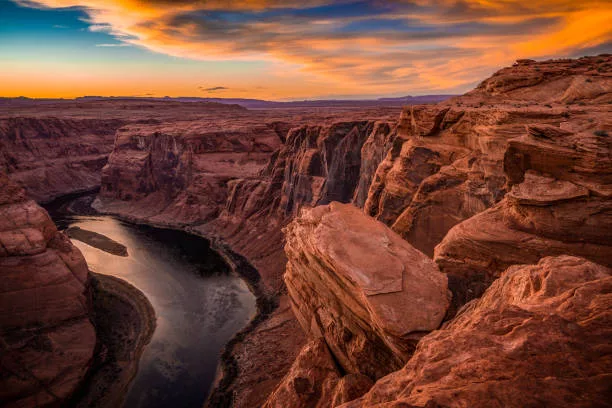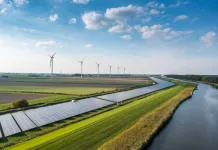“This region can be approached only from the south, and after entering it there is nothing to do but to leave. Ours has been the first, and will doubtless be the last party of whites to visit this profitless locality.” – Lt. Joseph C. Ives, 1858
The perception of land’s worth to Americans has undergone a sizable transformation. In the mid-1800s, survival was not a given; every resource was vital for sustaining life. It’s no surprise, then, that areas like the Grand Canyon were viewed through a lens of utilitarian need rather than scenic wonder. Ives himself couldn’t envision any benefit in the canyon’s stark beauty – it was simply unfarmable terrain, presenting arduous paths to water and obstructing transportation development.
Transformation of Land’s Value with Technological Advances
As times shifted towards industrialization, so did the mindset concerning our natural landscapes. Technological advancements made previously daunting environments like the Grand Canyon captivating sites to be preserved and appreciated. Recognizing these majestic lands’ intrinsic worth, measures were gradually introduced to protect them, creating a legacy of national parks and monuments.
Resistance did surface from those who saw untapped potential for wealth in these untouched lands, marking the tug-of-war between conservation and exploitation – a struggle that persists to this day.
The Overlooked Expanse: The Great Basin
The Great Basin’s Late Bloomer Reception
For long stretches of history, the Great Basin, with its unique topography and endorheic basins, was largely disregarded in terms of its aesthetic allure. The Great Basin served as a site for weapons tests—including prolific nuclear detonations—and faced unbridled exploitation due to its perceived lack of value. However, perceptions began to change, revealing gems like Nevada’s Rachel for UFO enthusiasts and boosting tourism in unexpected ways.
Embracing the Diverse Appeal of the Great Basin
Appreciation for regions like the Great Basin is growing. It was only a few decades ago that places such as Death Valley transitioned to national park status. Moreover, cultural happenings like Burning Man have capitalized on the terrain’s rugged charm. Simultaneously, star-gazers seek out these remote areas, escaping the pervasive glare of modern civilization for a clear view of the celestial canvas.
Natural wonders once overshadowed are now celebrated, from the lush mountain vistas of Great Basin National Park to the depths of historic Lehman Caves, as visitors flock to experience the serene and the spectacular.
Supporting Sustainable Exploration: EV Infrastructure in the Great Basin
The growth of the electric vehicle (EV) charging network has promised more eco-friendly journeys through Nevada’s vast landscapes. Despite mixed reviews for many current stations, Tesla‘s Supercharger expansion brings hope with its high-quality, high-speed offerings. The network’s improvement could make the wonders of the Great Basin and perhaps its mysterious extraterrestrial lore more accessible than ever.
While there’s still progress to be made, the infusion of reliable charging infrastructure hints at a future where the appreciation of Nevada’s storied Great Basin aligns with the values of sustainability and environmental stewardship.

























